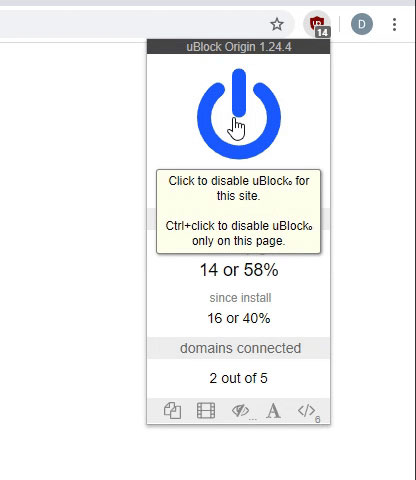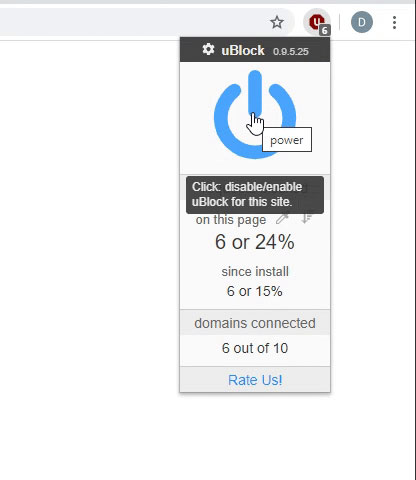smartsource
Board Regular
- Joined
- Dec 4, 2009
- Messages
- 76
Using VMware via vCloud director:
Testing Excel Market Data Feed Processor on various VM configurations:
#1: Single 3Ghz Core 2GB RAM
#2: Dual 3 Ghz 2GB Ram
#3: Quad 3Ghz 4GB Ram
#4: 8 Core 3Ghz 16GB Ram.
All VM's running the same excel app / market feed.
Measuring precision (data cycle processing interval)... Really just the frequency that excel can process new market data.
Our development server is a Xeon Quad 2.4Ghz with 2GB allocated.. no VMware and our processing precision is <10ms.
The VMware environment allocates many more resources but Excel 2010 with multithreading enabled for all cores runs much slower... by a Factor of 5 to 10 compared to dev server. Don't understand why Dual Core VM out performs the quad and 8 core. Was expecting sub 10ms precision... Stumped and looking for suggestions and ideas on how to further tweak performance.
#1: 179 ms
#2: 55.65 ms
#3: 82.8 ms
#4: 94.56ms


Testing Excel Market Data Feed Processor on various VM configurations:
#1: Single 3Ghz Core 2GB RAM
#2: Dual 3 Ghz 2GB Ram
#3: Quad 3Ghz 4GB Ram
#4: 8 Core 3Ghz 16GB Ram.
All VM's running the same excel app / market feed.
Measuring precision (data cycle processing interval)... Really just the frequency that excel can process new market data.
Our development server is a Xeon Quad 2.4Ghz with 2GB allocated.. no VMware and our processing precision is <10ms.
The VMware environment allocates many more resources but Excel 2010 with multithreading enabled for all cores runs much slower... by a Factor of 5 to 10 compared to dev server. Don't understand why Dual Core VM out performs the quad and 8 core. Was expecting sub 10ms precision... Stumped and looking for suggestions and ideas on how to further tweak performance.
#1: 179 ms
#2: 55.65 ms
#3: 82.8 ms
#4: 94.56ms






